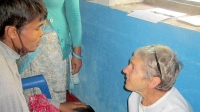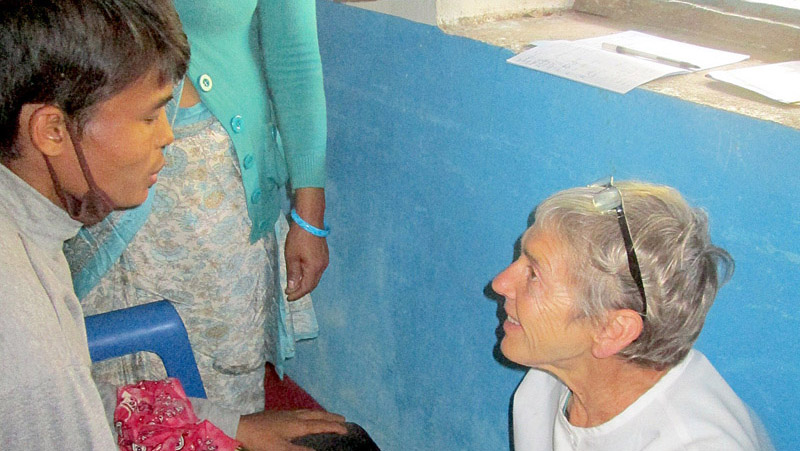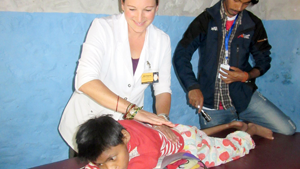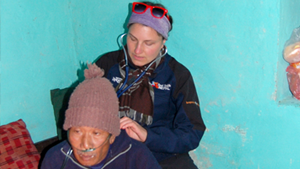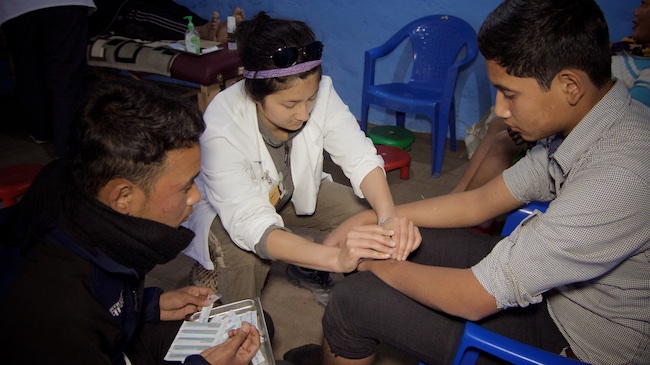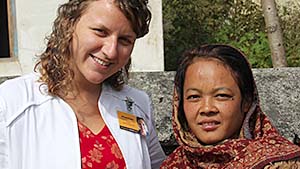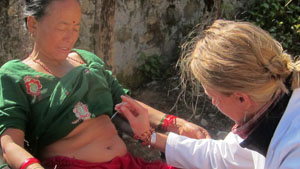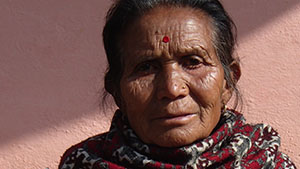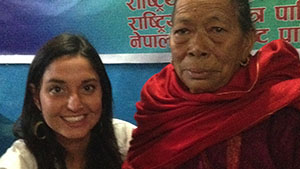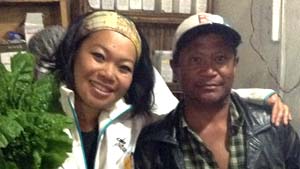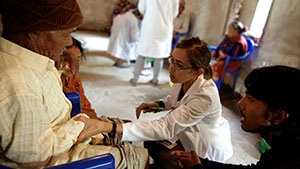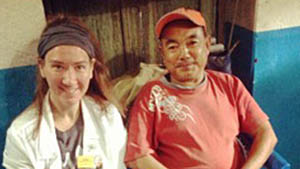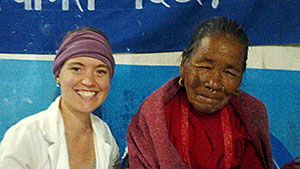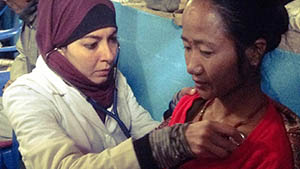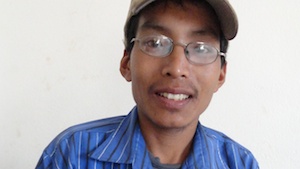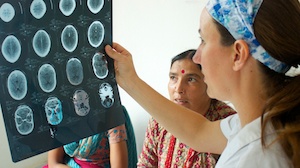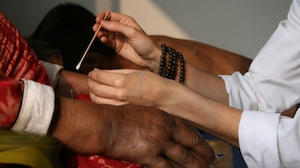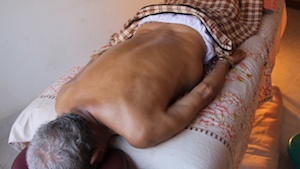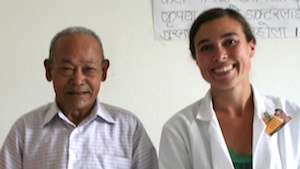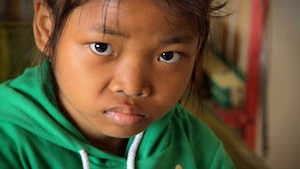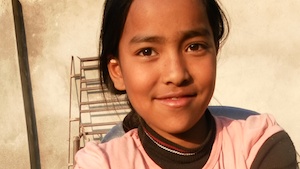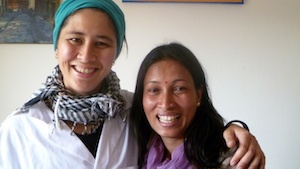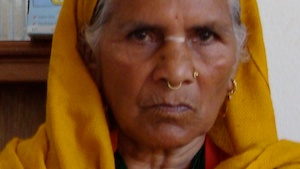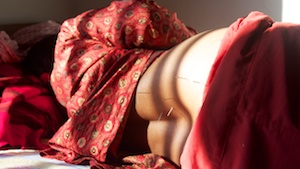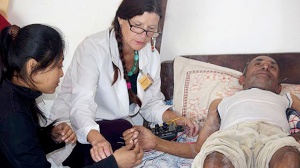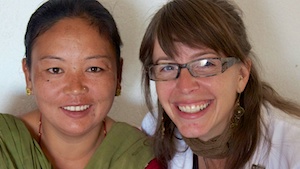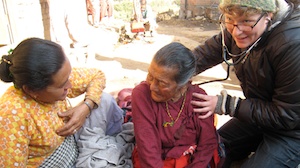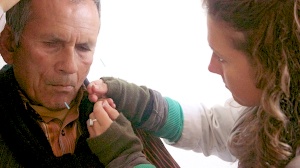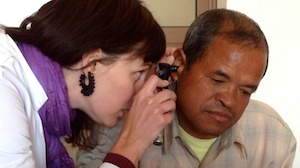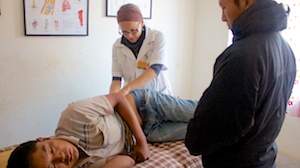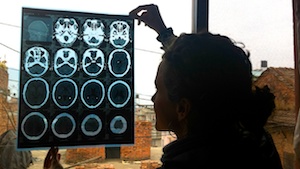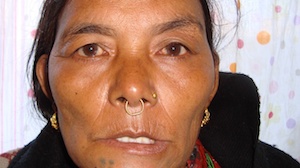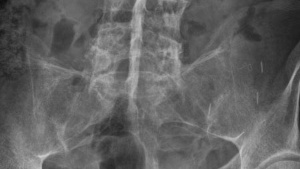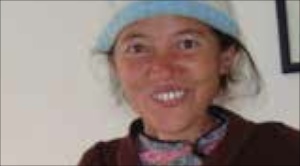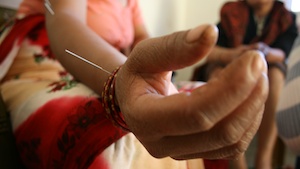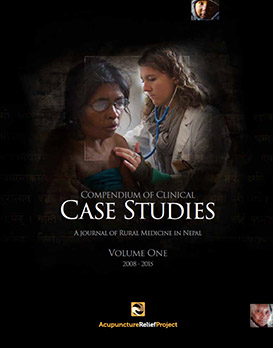Amy Schwartz MAcOM LAc
November 2012
OVERVIEW
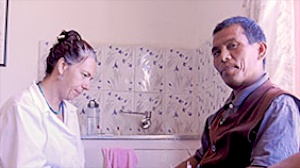 40-year-old male presents with right-sided neck pain, without nerve radiculopathy, down the arms bilaterally. He has seen his physician who diagnosed him with nerve impingement and wants to do injections of Xylocane and Tricant local to the area of pain, inferior and slightly lateral to his occiput. After 6 acupuncture treatments, including electro-stimulation, massage and topical pain patches, the patient reports improvement in pain frequency and quality.
40-year-old male presents with right-sided neck pain, without nerve radiculopathy, down the arms bilaterally. He has seen his physician who diagnosed him with nerve impingement and wants to do injections of Xylocane and Tricant local to the area of pain, inferior and slightly lateral to his occiput. After 6 acupuncture treatments, including electro-stimulation, massage and topical pain patches, the patient reports improvement in pain frequency and quality.
Subjective
Patient presents with right-sided neck pain that has been present on and off for the last 5-6 years, but has become constant over the last month. The pain can be worse with cold. Heat packs alleviate the discomfort. There is no radiculopathy, but he does notice that his left arm can feel weak when he’s walking uphill. When it is most severe, he can feel pulling over his head to the frontal and parietal bones. He has had physical therapy in the past for right shoulder muscle spasms and they have resolved. He has no history of heart palpitations or hypertension. He is not currently taking allopathic medications.
Objective
The patient appears to be healthy and is comfortable answering questions about his discomfort. Upon palpation of his neck, tenderness is noted suboccipitally at the origin of the trapezius muscle and the insertion of the splenius capitus and cervicus muscles. The scalenes are also tight and tender. Palpation reveals a slight anterior rotation on the right of the first cervical vertebrae. Cervical compression, distraction and maximum compression tests are negative. His pulse is moderate, but thin and his tongue is red with a greasy, yellow coat. An x-ray report shows no clear indication of a problem. In comparison to the left, his ROM on the right is decreased with lateral flexion and rotation. The pain also increases with lateral flexion and rotation to the right. Grip strength in the left arm showed some weakness by comparison to the right and felt cooler to the touch.
Assessment
DX: Possible cervical rotation of C1
TCM DX: Bi syndrome due to qi and blood stag in the DU and BL channels
PROGNOSIS: Acute phase- good; Underlying chronic phase will take time to unwind the fascia and muscle spasms that tend to sublux the vertebrae.
Initial Plan
Treat with acupuncture twice weekly for 4 weeks before reassessing. Focus treatment on loosening the muscles and fascia that are pulling the vertebrae out of alignment and impinging the nerve with use of acupuncture needles, electro-acupuncture and massage with traction and joint mobilization.
Typical treatment: GB20, 21, BL10, An Mian, ashi in cervical area and above occiput at the origin of the trapezius muscle, TB14, LI15, SI12- 13, LI4, LV3; Electro-acupuncture from GB20 to ashi in cervical region; Massage suboccipitally and into vertebrae with myofascial release techniques and traction; Local application of Salonpas topical patches with menthol and camphor to move qi and blood, thereby clearing stagnation and decreasing pain.
Outcome
After 6 visits, the patient reported 80% less pain in the right suboccipital area and noted that the pain shifted to a broader area with less intensity. His ROM in lateral flexion and rotation to the right became equal to that of the left. He still felt a slight pulling in the muscles upon rotation to the right. He was encouraged by the treatments, noticing that his left arm felt better and strength had returned.
Conclusion
This patient agreed to let us treat him in lieu of injections even after his doctor told him there was no other care available to him for his condition. This case shows some of the strengths of acupuncture and massage in making changes in musculo-tendinous conditions that are both acute and chronic in nature. He will continue to be seen twice per week until the pain is resolved, the ROM becomes equal and the vertebral subluxation shifts.


